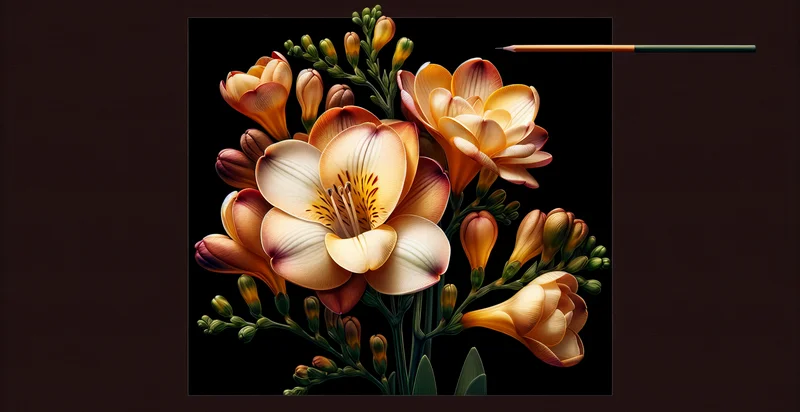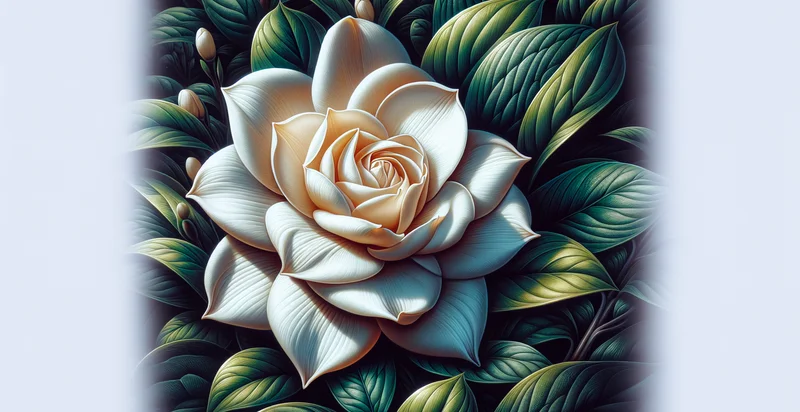Identify is this a nasturtium
using AI
Below is a free classifier to identify is this a nasturtium. Just upload your image, and our AI will predict if it's a nasturtium - in just seconds.

Contact us for API access
Or, use Nyckel to build highly-accurate custom classifiers in just minutes. No PhD required.
Get started
import nyckel
credentials = nyckel.Credentials("YOUR_CLIENT_ID", "YOUR_CLIENT_SECRET")
nyckel.invoke("is-this-a-nasturtium", "your_image_url", credentials)
fetch('https://www.nyckel.com/v1/functions/is-this-a-nasturtium/invoke', {
method: 'POST',
headers: {
'Authorization': 'Bearer ' + 'YOUR_BEARER_TOKEN',
'Content-Type': 'application/json',
},
body: JSON.stringify(
{"data": "your_image_url"}
)
})
.then(response => response.json())
.then(data => console.log(data));
curl -X POST \
-H "Content-Type: application/json" \
-H "Authorization: Bearer YOUR_BEARER_TOKEN" \
-d '{"data": "your_image_url"}' \
https://www.nyckel.com/v1/functions/is-this-a-nasturtium/invoke
How this classifier works
To start, upload your image. Our AI tool will then predict if it's a nasturtium.
This pretrained image model uses a Nyckel-created dataset and has 2 labels, including No This Is Not A Nasturtium and Yes This Is A Nasturtium.
We'll also show a confidence score (the higher the number, the more confident the AI model is around if it's a nasturtium).
Whether you're just curious or building is this a nasturtium detection into your application, we hope our classifier proves helpful.
Related Classifiers
Need to identify is this a nasturtium at scale?
Get API or Zapier access to this classifier for free. It's perfect for:
- Botanical Research Aid: Researchers can utilize the 'is this a nasturtium' identifier to automate the classification of plant specimens collected in the field. This tool can assist botanists in quickly identifying and cataloging the presence of nasturtium species in various ecosystems, contributing to biodiversity studies.
- Agricultural Monitoring: Farmers can integrate this classification function into mobile applications to monitor their crops for nasturtium plants. By identifying these plants, farmers can better manage their fields, ensuring that nasturtiums, which could affect crop growth, are properly controlled.
- Garden Planning Applications: Gardening apps can employ the identifier to assist home gardeners in selecting plants. Users can take pictures of potentially new plants, ensuring they learn whether they are nasturtiums, which could influence their gardening strategy or companion planting decisions.
- Online Plant Sales: E-commerce platforms selling plants can integrate the classification function for customer support. By enabling customers to confirm if a plant is a nasturtium before purchase, sellers can enhance customer satisfaction and reduce return rates.
- Educational Tools: Educational institutions can use the identifier in environmental science curricula to teach students about plant identification and classification. This hands-on approach helps deepen students' understanding of botany and plant ecology by providing them real-world identification tools.
- Invasive Species Monitoring: Conservation organizations can implement this function to track the spread of nasturtium species, particularly if they are invasive in certain regions. By identifying these plants in natural habitats, organizations can create better management strategies to protect native flora.
- Mobile Nature Guide Apps: Nature enthusiasts and hikers can use this identifier in apps that help identify wild plants during their outdoor adventures. This enhances engagement with nature, promoting awareness and conservation of local plant life by encouraging users to learn more about the flora surrounding them.


